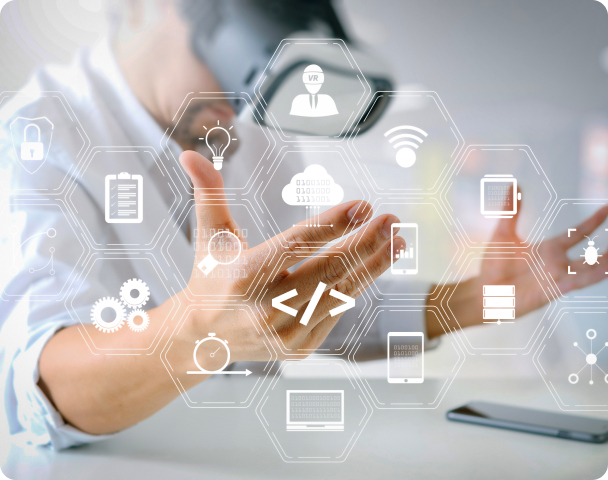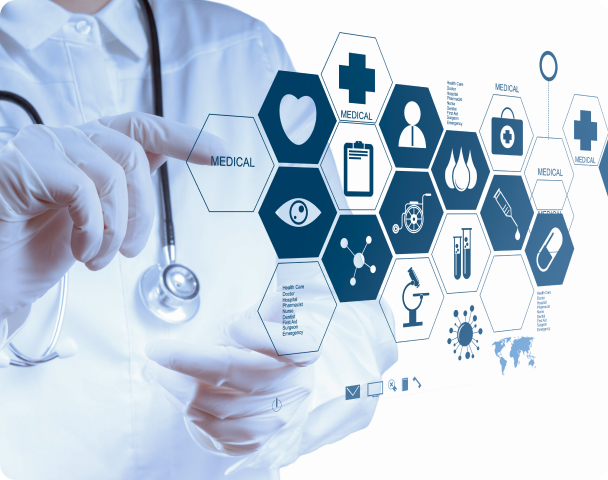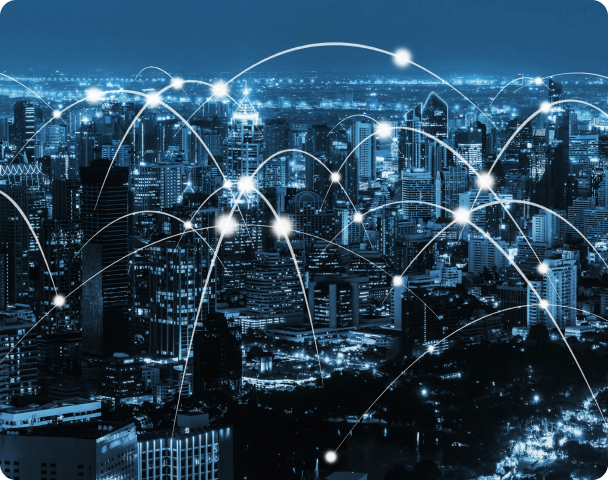IoT Device Monitoring Dashboards - Essential for Effective Business Performance
Could you imagine running your business without being able to rely on some of the most basic tools you are used to, and when we say basic, we really mean basic. Imagine what your office would look like without printers or paper, or what about the ultra-simple things like staples and staplers. Can you even imagine working somewhere that didn’t have a coffee machine (the horror!)
For your business to operate effectively you need the simple things in life, eyes to see, ears to hear as it were, and when it comes to working with the Internet of Things (IoT) the same holds true. IoT is an effective tool for companies to use thanks to its ability to bring together millions of devices, individuals and IT systems around the world but it won’t work effectively without a way to visualize it
IoT’s virtual body needs its eyes and ears too, as much as we also need a simple way to fully process the vast amounts of data IoT works with on a day-to-day basis. That’s why investing in an IoT monitoring dashboard, as basic a requirement for IoT to work effectively as staples are to staplers, is so important.
The IoT Device Monitoring Dashboard Concept
An IoT monitoring dashboard is designed to perform exactly as it sounds; It’s a dashboard you can use to interact with and monitor all aspects of an IoT system’s operations. Think about the necessity of this concept, how could you possibly follow the vast, sometimes uncountable amounts of data that can be collected on a daily basis, without having it displayed in an easily consumable way. This is what IoT monitoring dashboards do for you, they offer a full overview of your operations that allows you to move from the macro to the micro scales.
IoT monitoring dashboards function as a user interface for any IoT platform or system you're using and can display data in a number of ways, for example, by producing graphs, charts, etc. This can usually be custom designed for the specific needs of your enterprise, but we’ll get to more of that later on. As such, this kind of dashboard allows you to manage every aspect of your connected devices, analyze their performance, gain actionable insight from the visualization of your device data, and thus significantly improve your overall performance.
How do IoT Device Monitoring Dashboards Compare with Cloud Platforms?
There is notable confusion about the difference between the concept of an IoT monitoring dashboard and the IoT cloud, so let’s take a moment to perform a quick cloud IoT platform comparison to clarify the issue.
At its core, a cloud platform refers to the operating system and hardware of a server in an internet-located data center. This then ensures hardware products can co-exist remotely and at scale. Enterprises usually rent the infrastructure needed to support clouds, like servers, databases, storage, analytics, networking, and there are various varieties including public (third party resources connected over the internet), private and hybrid.
As our cloud platform comparison should be making it clear by now, IoT monitoring dashboards are not part of the cloud technology purview per se, but rather they are the means by which you can understand the information actually stored on your cloud. You need both to have a fully functioning IoT platform, without the former, you cannot properly store any of the data your IoT system collects, without the latter you’ll never be able to properly process and understand it. So with that cleared up, let’s move on to the next stage and fully examine what makes an effective dashboard.
What Makes a Good IoT Monitoring Dashboard?
There are numerous factors that go into making a good IoT monitoring dashboard a great one but there are a few that stand out from the others. To keep things simple (because that’s what a dashboard is designed to do after all) we’ve listed a few of the most important below.
-
Any dashboard system should be easily customizable without this causing undue disruption to device data processing.
-
IoT networks improve proportionally to increased amounts of data that are processed, so a dashboard should send IoT data to other tools for graphical data representation, reporting, analytics, CRM, etc.
-
Visualization should be designed specifically with the customer’s needs in mind and should be tailored to their own industry’s operations.
-
The user interface and data sharing capabilities need to be easily understood by everyone on the team responsible.
-
Real-time decision-making capabilities are crucial in IoT, make sure your dashboard allows you to respond to unfolding events rapidly.
-
Insight about your own operations thanks to your IoT monitoring dashboard is one thing, consider using a tool that also gives you business insights about competitors at the same time.
Case Study Examples
IoT technology can be used to strengthen any business working in almost any industry but there are a few that are particularly noteworthy. In these industries, IoT monitoring dashboards can be used to provide real and immediate prosecutable information.
-
1Automotive IoT Solutions: The automotive industry is a great example of how IoT-enabled dashboards can help you by providing real-time vehicle telemetry tracking. This allows companies to create custom-tailored fleet management solutions and can be integrated with different kinds of automotive equipment including sensors, GPS trackers, electronics, etc. Look for a full-scale automotive IoT solution that offers the ability to manage a fleet of vehicles along with vehicle data analytics and rule-based automation.
-
2Smart Energy: You can use your IoT monitoring dashboard to monitor energy consumption and efficiency and to reduce both your bills and carbon footprint, it’s an ideal application for any dashboard. Whether it be electricity meters or power grid monitoring infrastructures, you can use IoT dashboards for real-time remote metering and monitoring, streamlined device management, fault management, and performance analytics. You can even use tools that are so simple to use that a child can operate them effectively (perfect for the home).
Our Solution Templates
-
Smart Metering
Collect and visualize data from your smart metering devices, analyze historical trends, set up smart alerts, and manage device status and inventory.
-
Building Management
Connect and manage smart home climate control devices, such as air conditioners, humidifiers, and purifiers; keep indoor climate conditions healthy and comfortable from a single dashboard.
-
Fleet Management
Keep track of your fleet location and movement, collect fuel data, speed, mileage, and other vehicle information, run remote commands to start up the car's engine, lock doors, etc.
-
Air Quality Monitoring
Observe real-time air quality data including PM 2.5 and PM 10 concentration levels, ozone and nitrogen dioxide levels, humidity, temperature and other parameters.
The Benefits of Combining Clouds and IoT Monitoring Dashboards
By now we’ve been clear about the benefits of dashboards, we’ve engaged in some cloud platforms comparison, and we have alluded to the fact that it’s a good idea to use both a dashboard and cloud software with your IoT platform. By investing in either of these tools you’re boosting your business performance but by getting the whole package as it were you’re significantly increasing the returns on your investment. To use a rather simple analogy one can have a burger with cheese, or instead with bacon, and the taste will be just fine, but by combining both additions to your food you create something that’s even better.
So when looking to create your own IoT burger look for a platform that will enable you to run a high-quality IoT monitoring dashboard, designed specifically for your team’s needs, with a platform that easily links your devices to the cloud, and enjoys the benefits of remote device management and analytics. Look for something that will connect and manage IoT devices via the cloud using graphical UI or REST API, something that can scale infinitely, stream data from your IoT devices to any data analytics system via a pre-integrated Kafka channel, and much more.
Learn More About Our Key Offerings
The Kaa IoT team has designed an IoT platform that includes everything that you need to use this technology successfully, and that includes an IoT monitoring dashboard. Our platform can be custom designed specifically to your needs and offers heavy-duty, enterprise-grade IoT solutions. It doesn’t rely on a monolithic approach to architecture, instead favoring highly portable microservices, which allow for flexible rearrangement and customization even in the middle of a solution’s lifecycle.
Combined with cloud-native scalability and one of the most adaptable dashboards on the market, the Kaa IoT platform will offer actionable benefits to your business. So if you want to learn more about how Kaa can improve your business’s performance make sure you get in touch via the contact form and also check out some of our other articles. Together we can unleash the transformative power of your company thanks to IoT, and monitor your success with a dashboard. Learn more about our Use Cases here.





